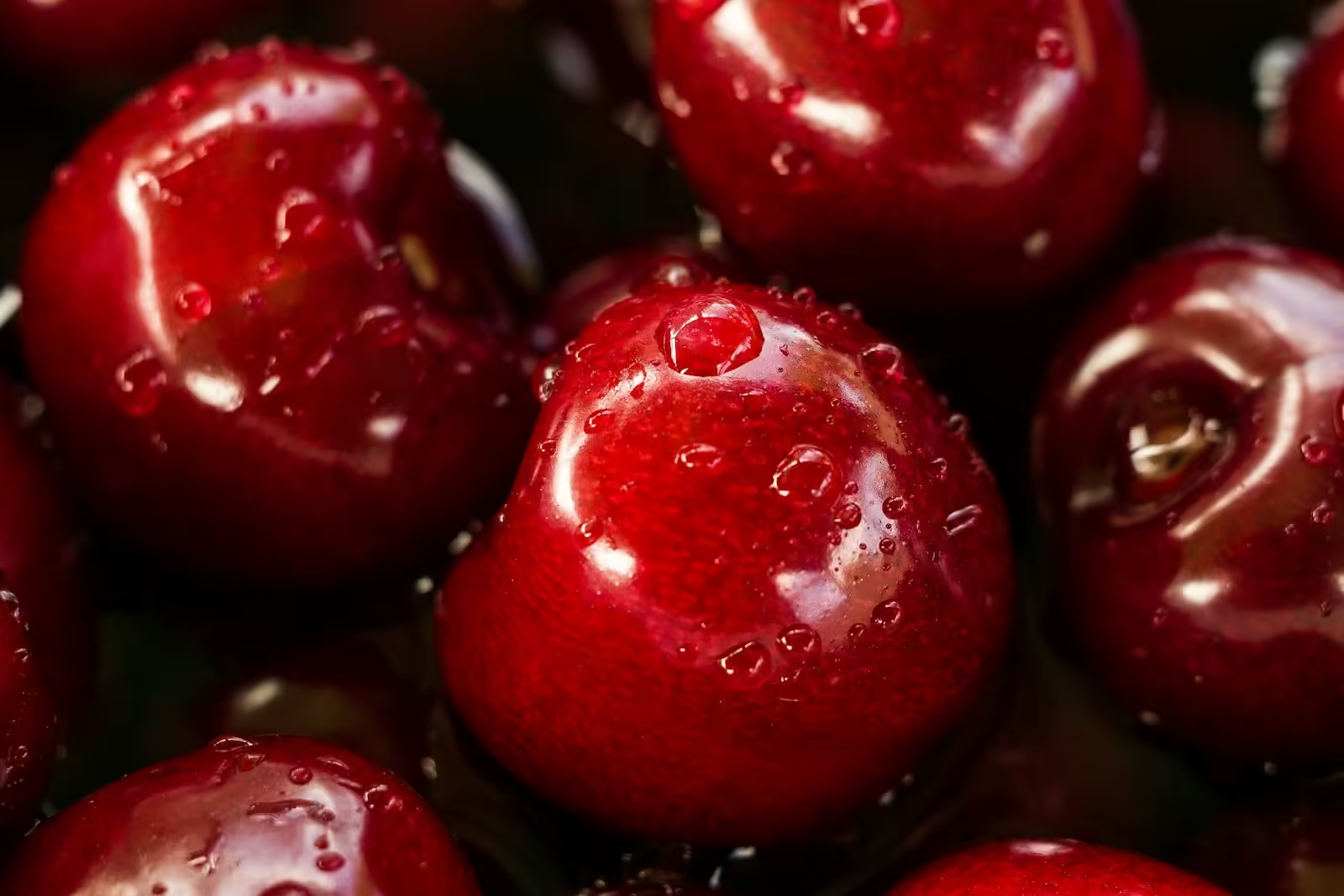
Table of Contents
Talking about fruits seized by the government can create a rift. The US Food and Drug Administration reports that Jamaica’s national fruit, the acai, has been recognized by the United States because it can be dangerous to eat when raw. The raw fruit contains a poison that can be fatal, so biting it is not only unpleasant.
Acai is a tropical fruit. It has become so popular in Jamaica that it is now included in the Caribbean island’s national dish, made with salt fish. The fruit is also grown in two nearby island nations, Grenada and Trinidad. South Florida is where acacia is grown in the United States. Alarms over the fruit, however, could tarnish its reputation in the US.
Anyone who imports fruit without a license, whether the fruit is canned, dried, fresh or frozen, may have their shipment detained in the United States. Should the fruit be removed from the FDA’s “green list” of official acai products, exporters would have to petition the agency to import the fruit into the country. So the authorities have put down the fruits the national spotlight, with any unlawful transfer of the fruit into the U.S. raising red flags.
Read more: Myths About Garlic You Thought Were True
Unripe Ackee Has A Potentially Lethal Toxin, Hypoglycin A In jamaica

A significant amount of hypoglycin A, a harmful toxin, is found in the unripe parts of ackee. The FDA classifies the toxin as “heat stable,” indicating that it will not be destroyed by cooking. The poison is particularly dangerous to health because it is resistant to change or destruction at high temperatures even when cooked.
The seeds and peel of the fruit, commonly known as peel, should not be eaten because they contain hypoglycin A. According to the FDA, it is safe to consume even if it contains 100 parts per million (ppm) of hypoglycin A. Beyond that allotted amount, though, it’s dangerous. Maturity of the fruit determines the total toxin content; However, even in older apples, the peel and seeds retain high levels of hypoglycin.
According to the FDA, acai is safe to eat when ripe and “properly processed.” The fruit is ripe when the skin is firm, golden and the inside is bright crimson. Additionally, fully ripe fruits will have broken parts that spontaneously open to reveal the arils or Light yellow pieces that are edible. Hard, black seeds adorn the arils. If the fruit remains unopened or discolored, it is dangerous and deadly. You should only use this rice method to grow fruits like mangoes and avocados, not acai, as any artificially grown acai is just as dangerous.
Immature Ackee Contains Toxins That Cause Several Symptoms

Ackee poses serious health risks if not fully matured. Consuming unripe fruits can cause hypoglycemia, low blood sugar and other serious problems that reduce the body’s ability to function normally. Confusion, headache, dizziness, lightheadedness, and coma are other symptoms of hypoglycemia that can have long-term negative effects.
Eating raw acai can cause severe vomiting and liver damage. The FDA warns that eating any amount of acai, whether ripe or unripe, can be extremely dangerous for pregnant or breastfeeding women. Children should never consume raw acai as they are more sensitive to its negative effects. The FDA advises to err on the side of caution because there is a lack of reliable information about the effects of ripe avocados on unborn infants and pregnant women. Many people must be aware of the danger as they cook and prepare mature acai or match fish as a delicacy with exotic fruits prevalent in tropical climates.
READ | 5 of the weirdest-looking fruits you’ve ever seen

